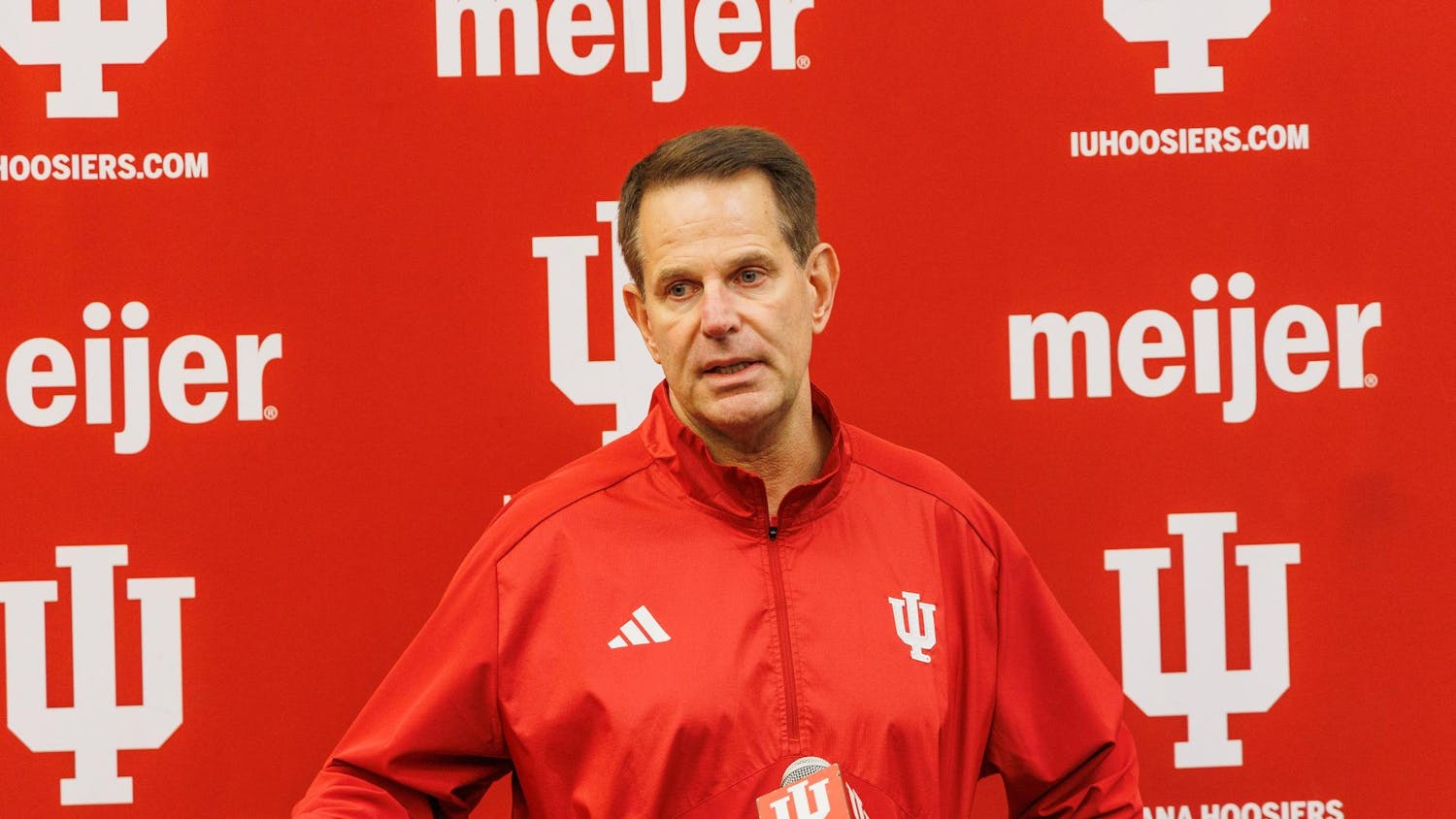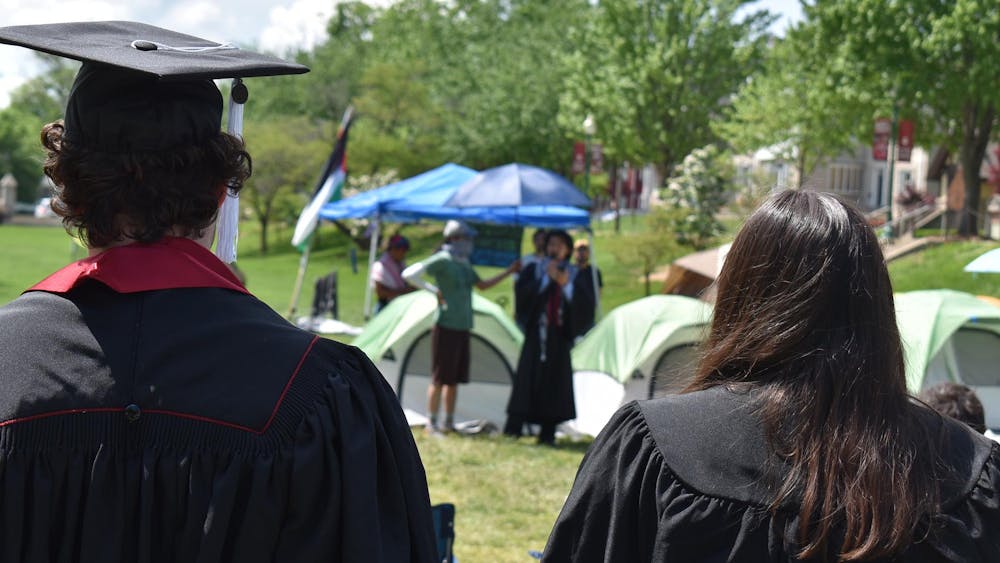If passed, Senate Bill 487 would provide that animals regulated under shooting preserve regulations be exempt from importation permit requirements.
It would also provide for the licensing and operation of deer hunting preserves, on which legally farmed and released deer are hunted.
The bill recently passed the House Committee on Natural Resources with a 6-2 vote.
Rep. Matt Ubelhor, R-Bloomfield, introduced an amendment before the committee passed the bill.
“My amendment to Senate Bill (SB) 487 does several things: it grandfathers in five hunting preserves which have existed since 2000 and are operating under court injunction; it adopts rules and regulations for hunting preserve operations; it establishes licensing fees and renewal procedures; and it works closely with the
Board of Animal Health and the Department of Natural Resources to address disease prevention and adopt rules to govern into the future. It does not allow for an expansion of the industry,” Rep. Ubelhor said in an email.
If this legislation is successfully enforced, it could strengthen the ability of Indiana’s five high-fence shooting preserves to stay open.
Opponents refer to high-fence hunting preserves as “canned hunting.”
The Humane Society of the United States says on their website: “Captive hunts, also known as ‘canned hunts,’ are the very opposite of fair chase. Shooters at captive hunts pay to kill animals — even endangered species — trapped behind fences.”
Myron Miller, treasurer-secretary for the North American Deer Farmers Association, said opponents of the bill fear that the existence of high-fence hunting preserves will assuredly bring chronic wasting disease into the state.
Miller said that Indiana has one of the best-run animal health organizations in the country and chronic wasting disease should not be cause for alarm.
“Farmed cervidaes do not move in and out of the state without following a rigorous set of guidelines, including permits and required historic documentation,” Miller said. “No animals are permitted entry into Indiana from a state that has had a single case of CWD within the past five years.”
Miller said a well-run high-fence hunting preserve carries no more danger than any other hunting activity.
The proposed legislation reads, “The hunting preserve must contain at least 100 continuous acres and must be enclosed by a fence that is at least eight feet in height and not more than six inches above the ground.”
“There are people who have invested 30-plus years in the industry,” Miller said. “We want to be good stewards and ethical about how these preserves are run.”
The bill also reads, “A licensed owner of the hunting preserve must keep records of the daily number of cervidae imported to the preserve and where they came from, the daily number of each species of cervidae released in the hunting preserve, the daily number of cervidae harvested or found dead in the hunting preserve, as well as the daily
number of cervidae exported from the preserve and where they were exported to.”
Cervidae may be hunted on a hunting preserve only from August 15 through February 15, according to the bill.
Miller said there are many benefits to high-fence hunting, such as allowing small family farming, access to hunting, individuals with limited time to still be able to hunt and as a source of revenue.
“The real danger here is that hundreds and hundreds of Indiana small family farming units are being financially ruined by a few purists who, while well-meaning, see this as ‘my way or no,’” Miller said. “No one is asking anyone to participate in an activity that they disagree with.”
Miller said the situation put forth by opponents to high-fence hunting allows little or no room for debate or compromise, but there are definitely ways to mitigate concerns of many of the opponents on this issue.
“We can sit down and discuss how to define canned hunting, what is fair chase and what is the right side for a preserve,” Miller said. “There just needs to be a level of tolerance.”
Bill supports deer preserves
Get stories like this in your inbox
Subscribe





